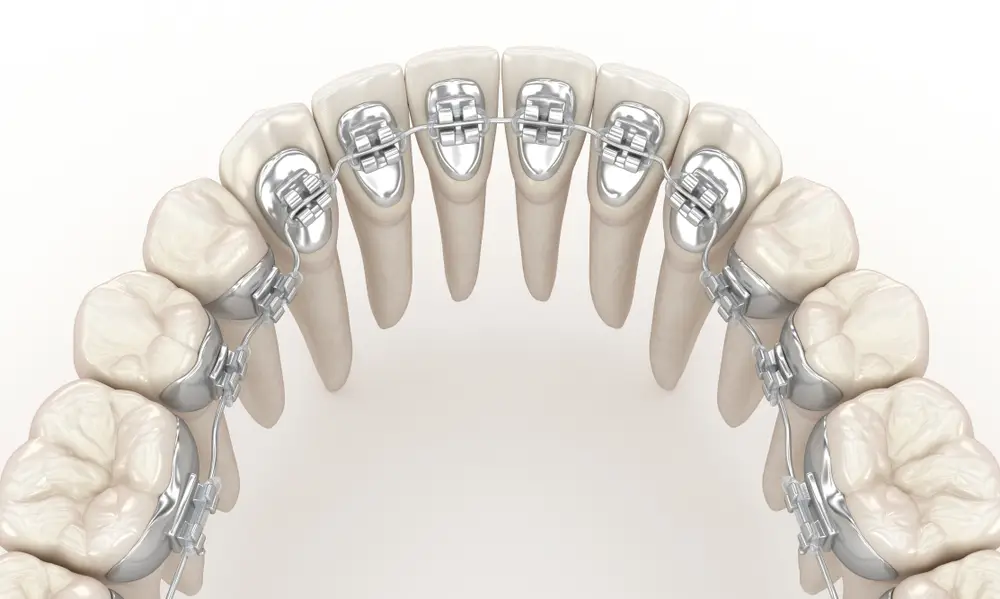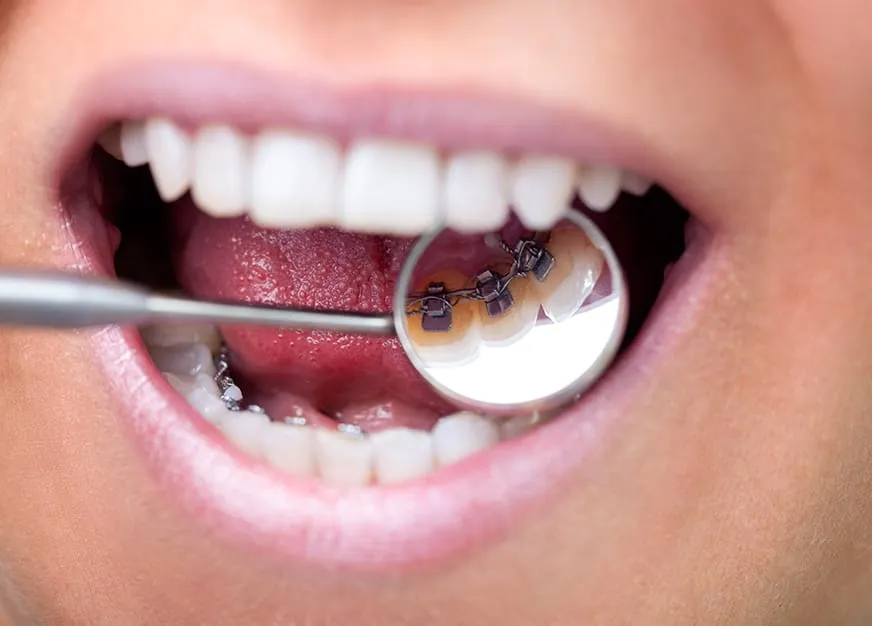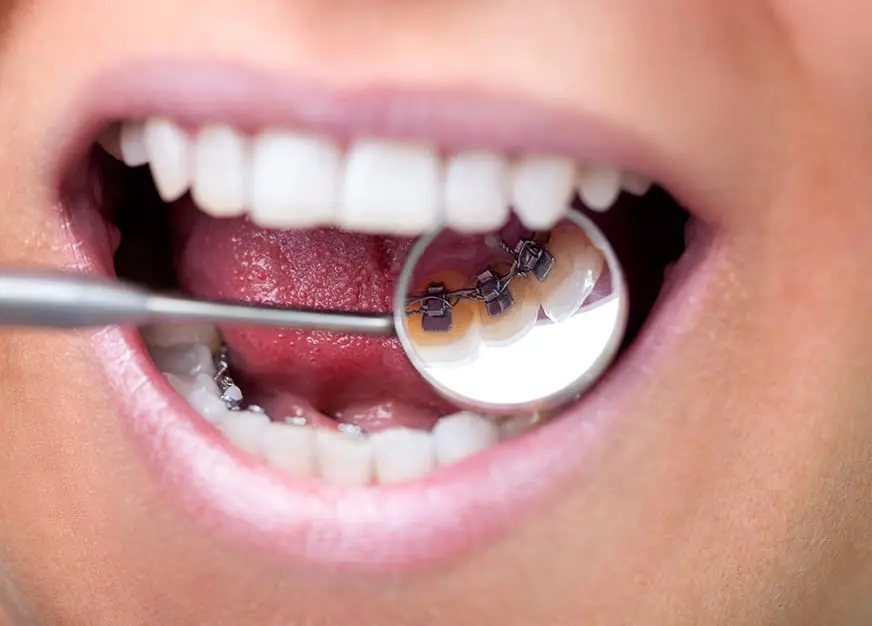these things, offered by Diamond Braces, typically cost between $10,000 and $13,000. This higher price
is due to several factors.
First, they require orthodontists to have specialized training, which not all practitioners possess.
Second, these things are custom-molded to each patient's teeth using more expensive materials.
Additionally, they are less common than traditional braces, leading to fewer patients and higher costs
per case.
Patients choose these things for their discreet placement on the inner side of the teeth. However, the
cost of lingual braces at Diamond Braces can be a concern.
These things often take longer to work than traditional braces, adding to the cost. Moreover, they may
not be fully covered by dental insurance. It's advisable to discuss with your insurance provider about
potential coverage for a portion of the these things cost.
The cost associated with these things reflects all of the above factors: while you are paying more for
them, you are also getting a uniquely customized treatment with a more discreet appearance. The price
range encompasses all materials, orthodontic appointments, and subsequent care, but retainers might
incur additional charges.
Visit
us to learn more






